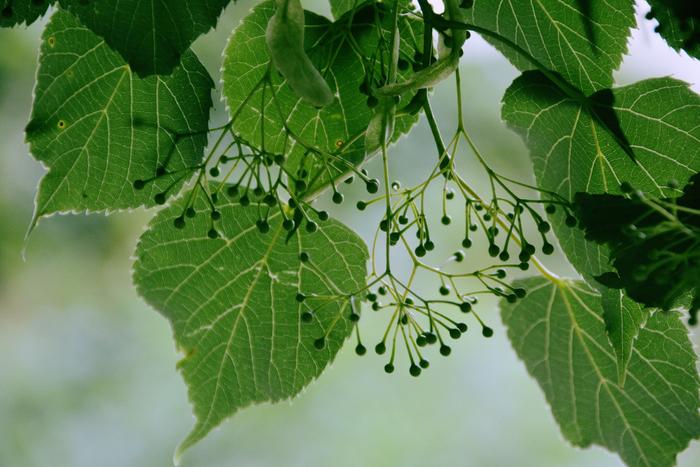Tilia tuan seed

Tilia Tuan: Uses, Benefits, and Importance
Overview
Tilia tuan, a species of linden tree, is native to china and thrives in mountain forests and along streams. This tree is valued for its ornamental appeal, medicinal properties, and utility as a timber source. It is widespread in provinces like Sichuan, Yunnan, and Hunan and adapts well to hardiness zones 6b-9, making it suitable for cultivation in temperate climates.
Medicinal Applications
Tilia tuan shares many therapeutic traits with other linden species:
- Anti-inflammatory and Antioxidant: Its flowers contain flavonoids and tannins, which help reduce inflammation and combat oxidative stress.
- Nervous System Benefits: Used in traditional medicine for its calming effects, linden tea made from its flowers helps reduce anxiety and promote better sleep.
- Respiratory Support: Known to alleviate cold symptoms and support respiratory health.
Practical and Ornamental Uses
- Timber: The wood of Tilia tuan is lightweight and useful for carving and crafting.
- Ornamentation: It is a popular choice in gardens and parks due to its broad, dense canopy and attractive foliage, which ranges from matte green to silvery undersides depending on the variant.
- Aromatic Products: The fragrant flowers are used in scented pillows and cosmetic products.
Horticulture and Cultivation
Tilia tuan grows up to 23 meters tall and requires well-drained soil with adequate sunlight. It is propagated through seeds or cuttings, making it a manageable species for landscapers and home gardeners.
Conservation and Biodiversity
While not under threat, Tilia tuan plays a critical role in local ecosystems. It provides shelter and nectar for various pollinators, underscoring its ecological importance. Its conservation status is categorized as “Least Concern”.
In conclusion, Tilia tuan is a versatile tree with significant ecological, ornamental, and medicinal value. Whether used as a calming tea, a durable wood source, or a majestic garden centerpiece, this species contributes uniquely to both natural landscapes and human needs.
